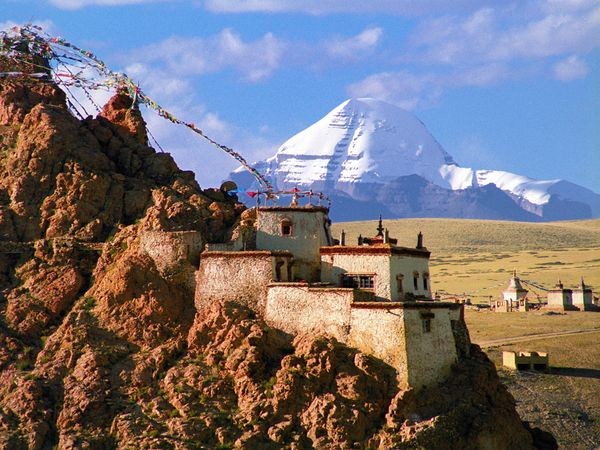Tibet experienced tourism surge in the first nine months of 2014, receiving 12.8 million during the period, according to a statement from the region's bureau of statistics.
The number of tourists from January to September, which includes 149,600 foreign travelers, translates to an 18.4-percent growth from the same period last year, according to the bureau.
Revenues from tourists amounted to 16.4 billion yuan ($2.68 billion) that is equal to an annual growth of 23.6 percent, the statement said.
Tibet's tourism gains make up 20 percent of the said region's GDP, making it a major industry in the area. The industry peaks during the period between June and September every year.
Industry players try to attract more travels during the off-peak season by reducing entrance ticket prices to major tourist spots by 50 percent, with some hotels offering discounts of up to 60 percent.
Tibet is a popular tourist destination because of its natural landscape, its people's distinct culture and its diverse wildlife.
Tibetan famers and herdsmen go on a pilgrimage to the administrative capital Lhasa during slack farming season. During the pilgrimage that lasts for months, they pray along roads and mountains and spin prayer wheels.
The Chinese autonomous region is also known for its rich ecosystem. It is home to 19 rare and endangered species, including the Tibetan antelope and the snow leopard.
Another tourist attraction in Tibet is Mount Kailash, known as the "lake of the demon" because of its bleak expanse.




























